How Jackie O Unexpectedly Made Patchouli a Fine Fragrance Classic
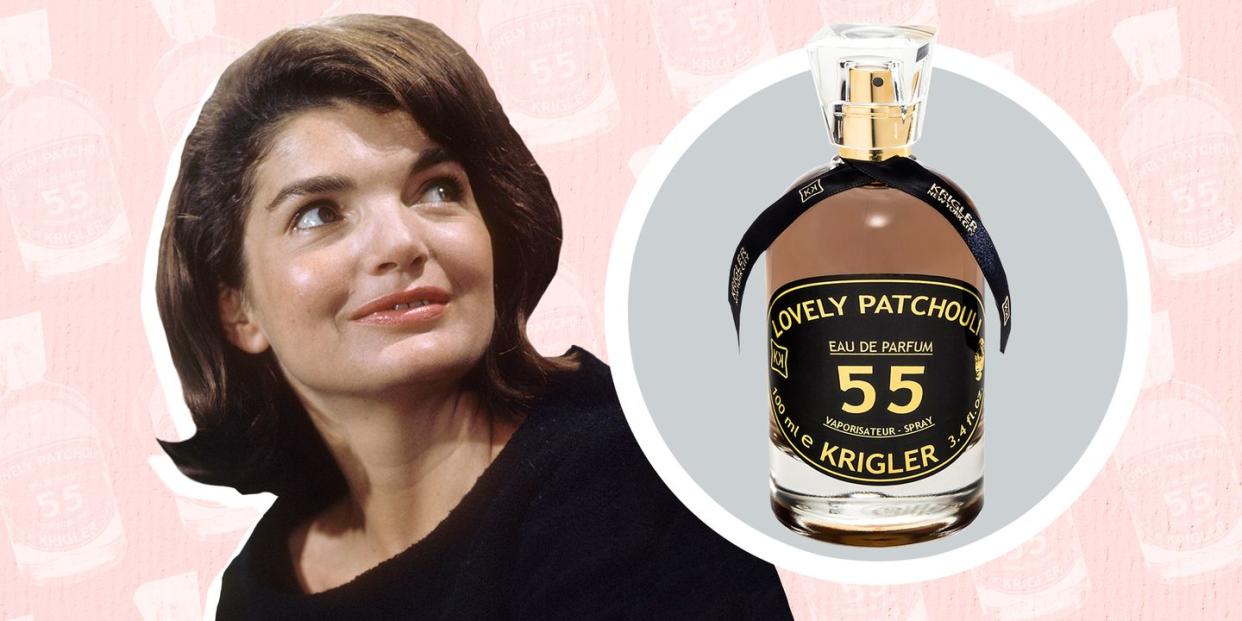
If asked to imagine what Jackie O smelled like, one might guess: a cadence of fresh-cut flowers, a whisper of freshly laundered linens, a warm shimmer of Santorini sun. Certainly not patchouli. Right? Yet the former First Lady, paragon of elegance and unfailing good taste, was in fact utterly devoted to that earthy fragrance note so inextricably commingled with counter-culture rebellion and free love.
How did this happen? It began, as many love stories often do, at the Plaza Hotel in New York.
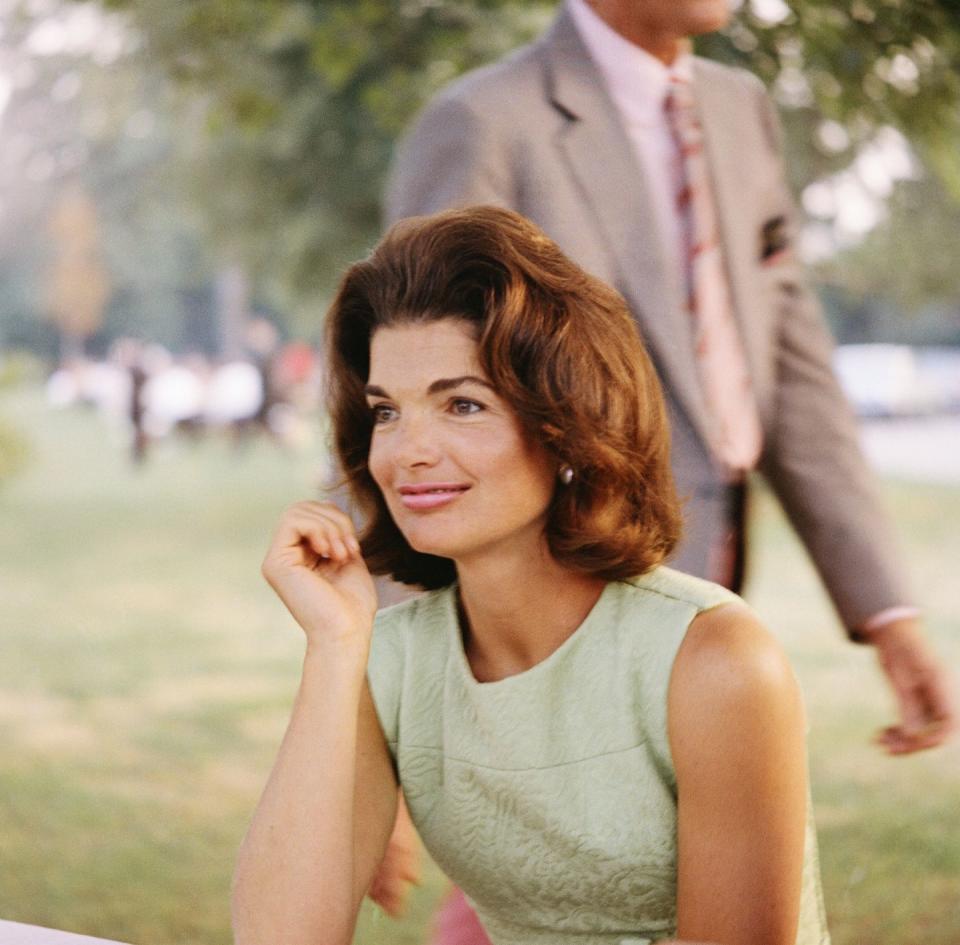
In 1968, on the very day that Aristotle Onassis asked Jackie to marry him (and slipped a 40-karat marquise-cut diamond ring on her finger), he bought her a bottle of Krigler’s Lovely Patchouli 55 from the storied perfume boutique that had delighted Plaza guests and VIP patrons since 1931. Jackie wasn’t new to the shop’s luxe scents, says Ben Krigler, the business’s 5th-generation owner. “She would come very often to the Plaza for tea with the children, and just like a lot of celebrities do today, she would pass by and try out perfumes.”
When her fiancé gifted her with Lovely Patchouli 55, she fell hard. “It became known as the Jackie O scent because she started wearing it when she became Jackie O,” Krigler says.
As the last fragrance completed by the perfumery’s founder Albert Krigler before his death, Lovely Patchouli 55 was already a very special eau. “Albert traveled from France to the Philippines himself to source the patchouli flowers,” Krigler says. “He was 92 years old at the time, so that tells you important it was to him to get the highest quality raw materials in the world. It was his idea to create a fragrance that was woody, but not too overpowering, floral, but with depth.”
When it was first introduced in 1955, it was quite revolutionary. “In those days, women would wear very simple floral scents and men would wear something tobacco-ish,” Krigler says. “So it was a big statement to create a fragrance that was all about patchouli, and make it neutral enough that it could be worn by either gender.”
Patchouli, which is an herb in the mint family that grows throughout Southeast Asia, is an interesting ingredient, historically used as a bug repellent, and also in traditional medicine to treat skin conditions and to fire up libido. The word means “green leaf” in Tamil, and when you crush fresh patchouli leaves, or the plant’s pretty purple-and-white blossoms, in your palm, they have a bright, crisp green tang and a soft woodiness, a scent both faint and fleeting. In order to obtain the earthy, musky depth that makes the plant so pliant for perfumers, the leaves must be dried for several days and then steam-distilled to capture the potency of their fragrance at its prime.
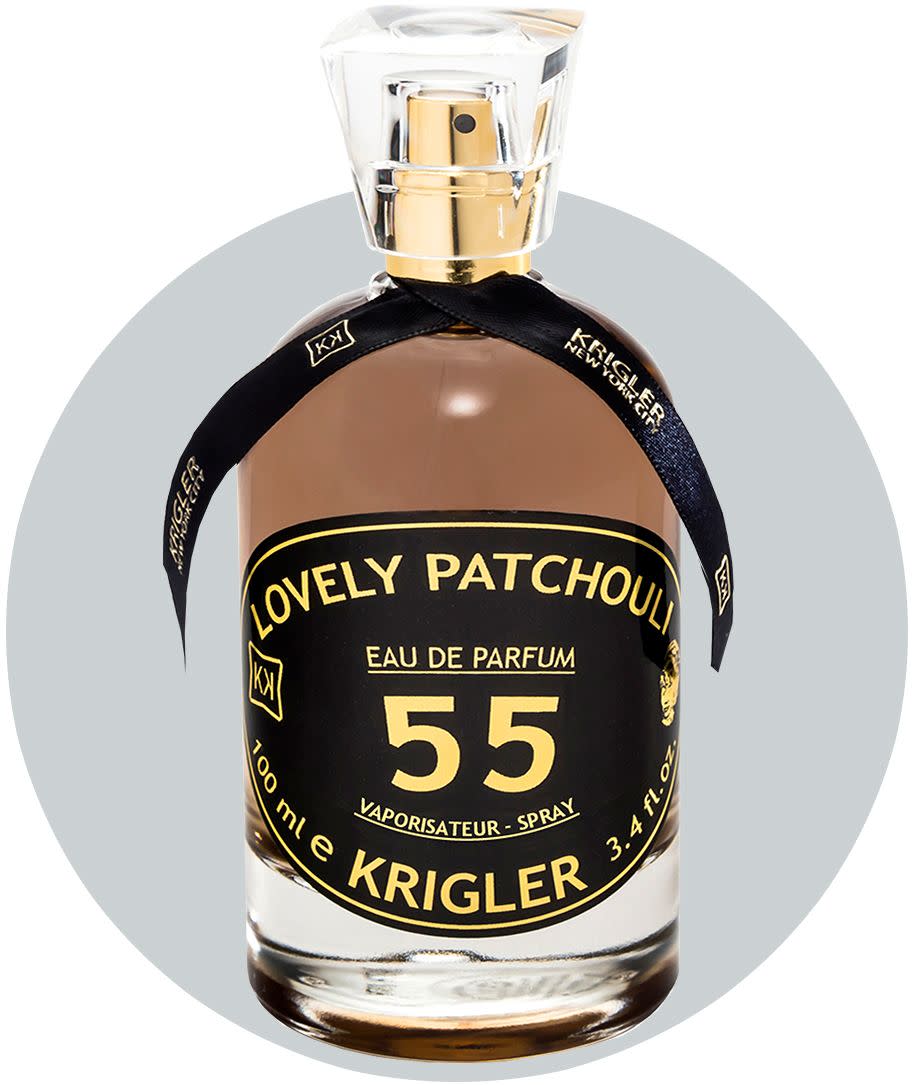
Lovely Patchouli 55 wasn’t a hot seller for Krigler until Jackie O adopted it. But then, there were other factors at play, too. Starting in the early 60s, hippies had begun returning from treks through Afghanistan, Pakistan, Iran, Nepal, and India with pure patchouli oil in their backpacks. They loved it for its anti-fashion, earth-honoring, unisex stance—and, it’s been speculated, for its ability to mask the pungent fug of pot smoke.
Eventually, there were drawbacks to this phenomenon: low-quality extracts and cheap synthetic versions hit the market, flooding the Flower Child era with what we’ve come to stereotype as the mossy, stomach-churning tang of headshops and Grateful Dead concerts. By the 1970s, patchouli's path diverged: There was an abundance of cheap stuff, sure, but the plant had also started to appear in elevated, coveted concoctions—think YSL Opium or Clinique Aromatics Elixir.
When Jackie picked up Lovely Patchouli 55, it was bang in patchouli’s 20th century sweet spot—the note evoked worldliness and exoticism, but it hadn’t yet become degraded or over-used. It carried with it a frisson of rebellion, making it a perfect choice for a woman about to embark on a new life adventure; and on her, it must have smelled surprising, but also drop-dead sophisticated. If anything, the stunningly elegant Lovely Patchouli 55 hearkened back to patchouli’s previous heyday, when it was about as far from hippie as you could imagine.
In the 19th century, patchouli perfumed the parlors of Victorian England and the salons of Paris as an olfactory hallmark of wealth and status. Thanks to France’s fashionable Empress Eugenie, who started a fad for cashmere shawls, sumptuous fabrics imported from India were extremely desirable—and because those fabrics had been packed in patchouli leaves to deter bugs before being shipped to Europe, they all carried with them the herb’s distinctive, slightly camphorous scent. Millennia before that, patchouli was even more prized: King Tut was reportedly buried with 10 gallons of the aromatic oil.
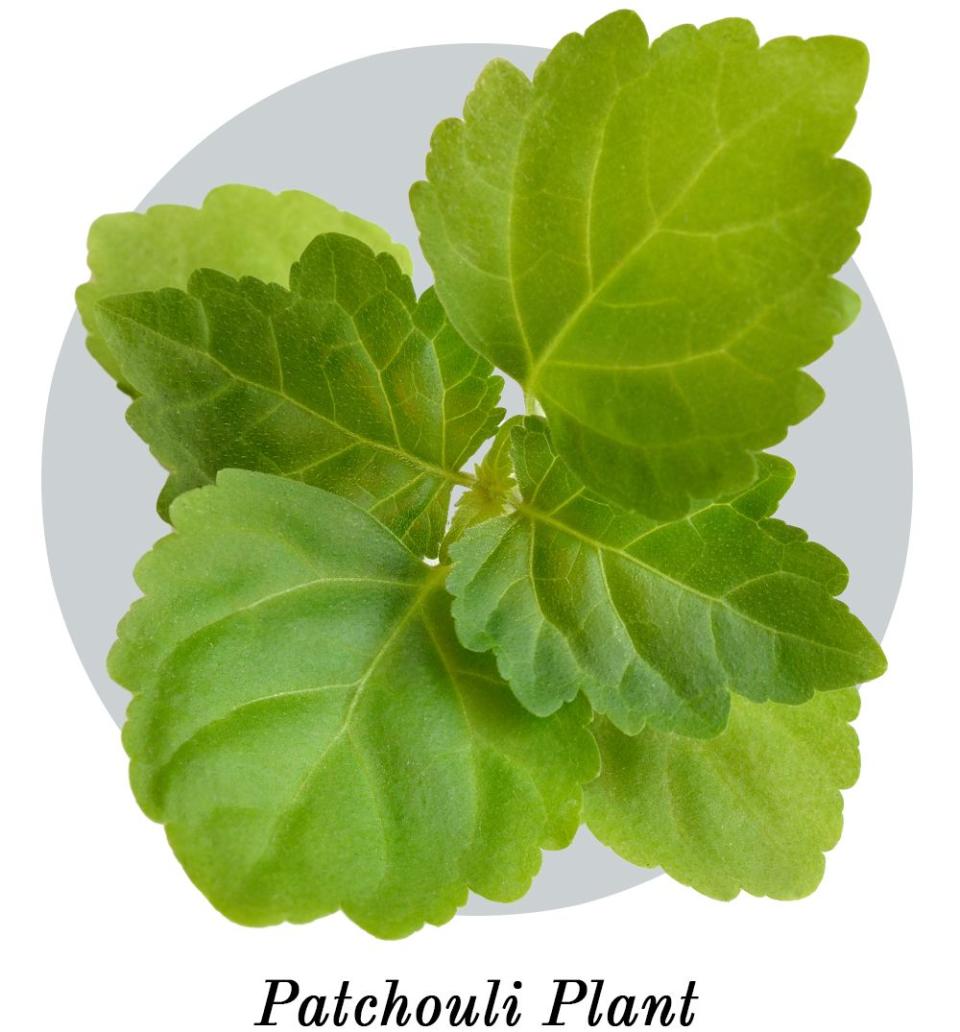
These days, patchouli is an intrinsic part of the perfumer’s palette. It’s key to chypre accords, and used in base blends as a fixative for other, airier notes, as it helps to hold scent on the skin. “I couldn’t live without patchouli,” says By Kilian founder Kilian Hennessy. “It can still smell very 70s when left alone, but when you blend it, it’s amazing. You can use it in such unusual combinations. For example, the genius of Thierry Mugler’s Angel is its combination of patchouli with a gourmand sweet note. You take out the patchouli, and it’s just a sugary perfume.”
Patchouli's modern versatility also comes thanks to some hi-tech wizardry: it can now be broken down to its component aromatic molecules in the lab, and then “fractionated,” so that perfumers can pick and choose which aspects of the plant they want to spotlight. “With fractionating, we can have the sexiness of patchouli without the darkness,” says Kilian. “That’s what we used for By Kilian Woman in Gold. You take out the patchouli entirely, and that scent would be boring. But if you use the fractionated patchouli, you get the warmth and nobility of it, but you don’t actually smell it as patchouli.”
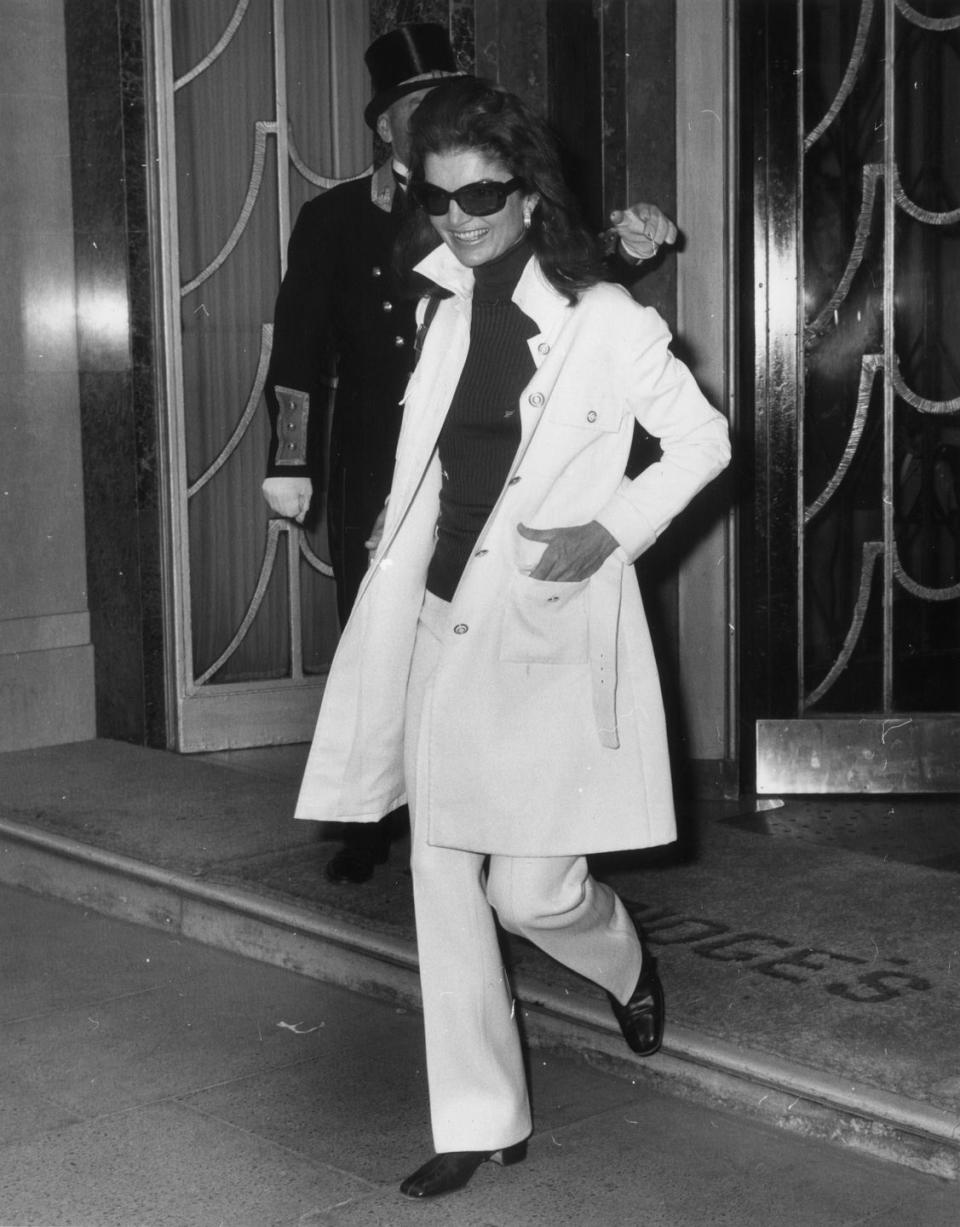
Krigler believes that patchouli is having a moment again now because it just feels right. “People want to feel comforted,” he says. “And there’s something about patchouli that has a coziness, it creates an atmosphere that surrounds you. It’s been a loop with Lovely Patchouli 55 because Jackie O wore that perfume for a long, long time, then it had a revival in the early 2000s when gourmand fragrances were big, and now I think its appeal is simply that it’s so timeless. It’s not something that you would smell and say, ‘that’s retro,’ or ‘that’s modern.’ It’s just chic.”
You Might Also Like

